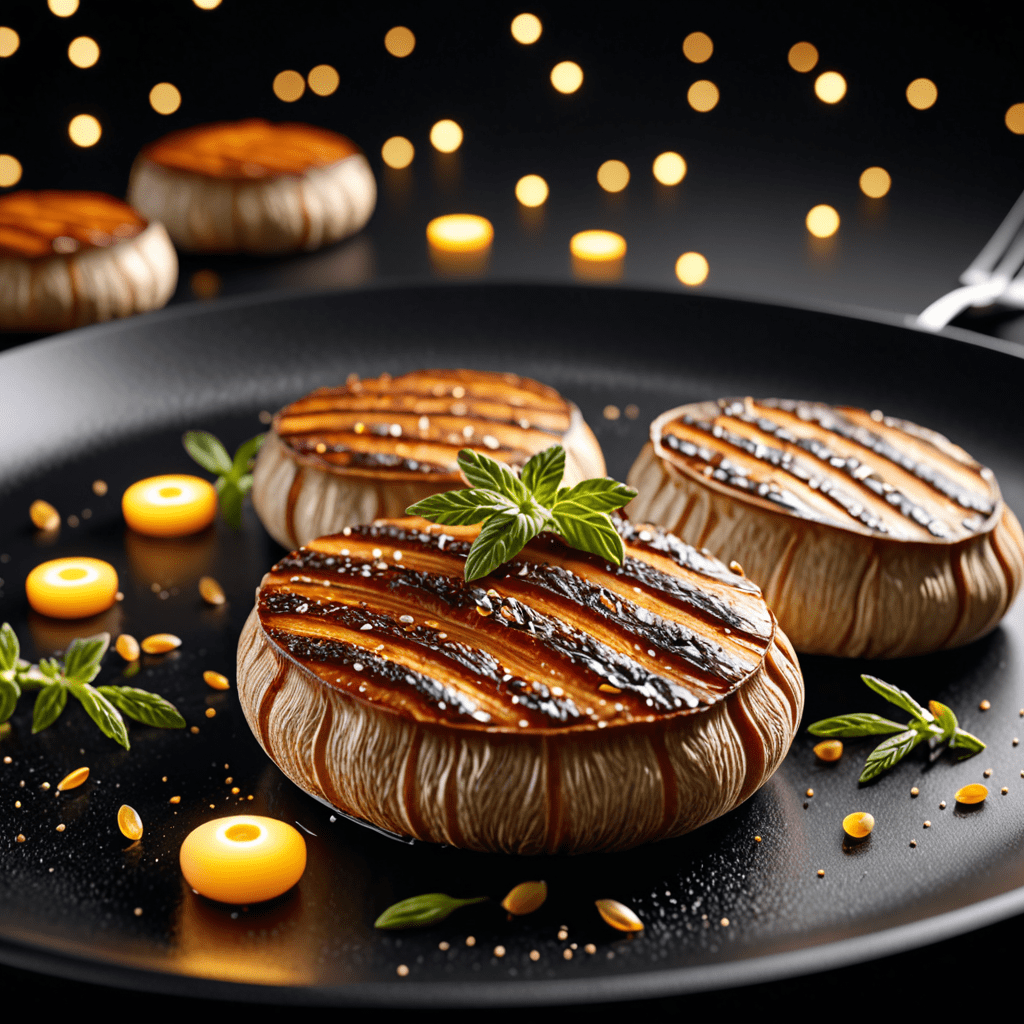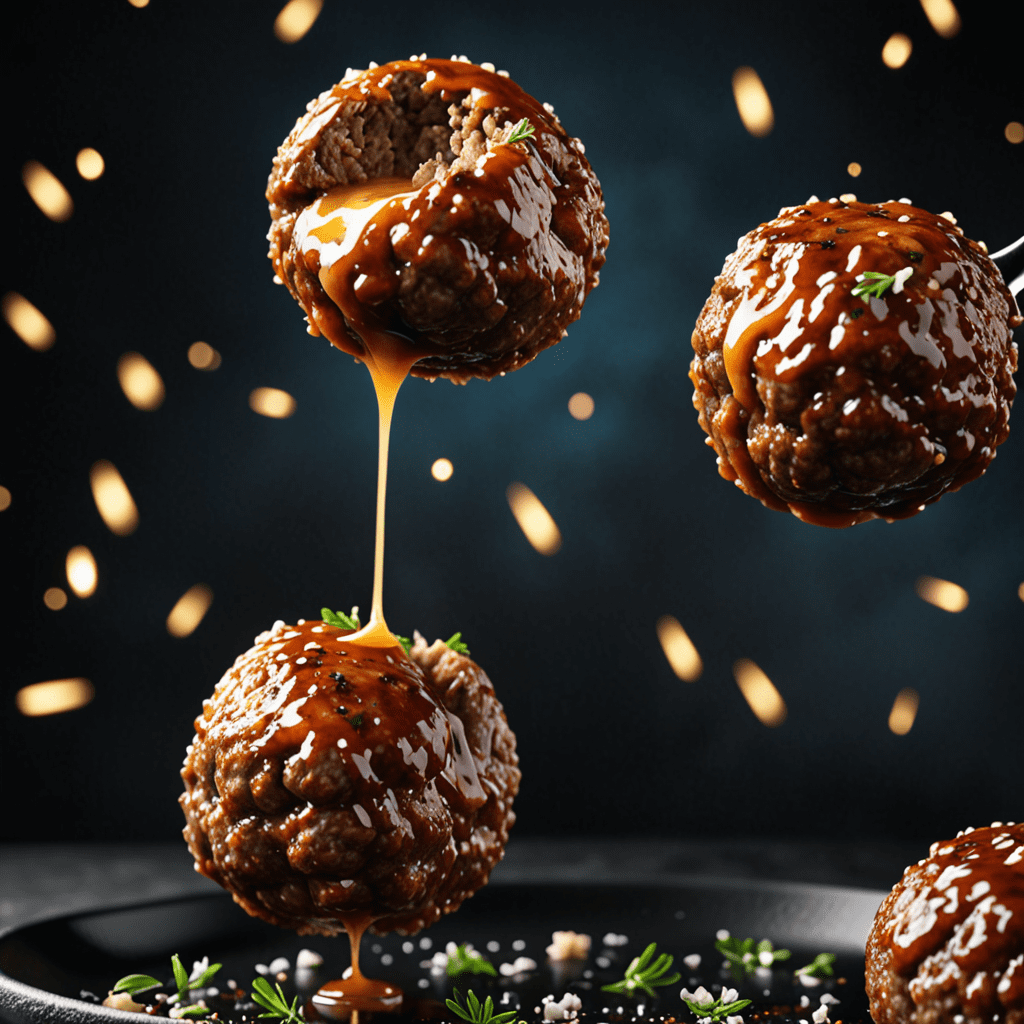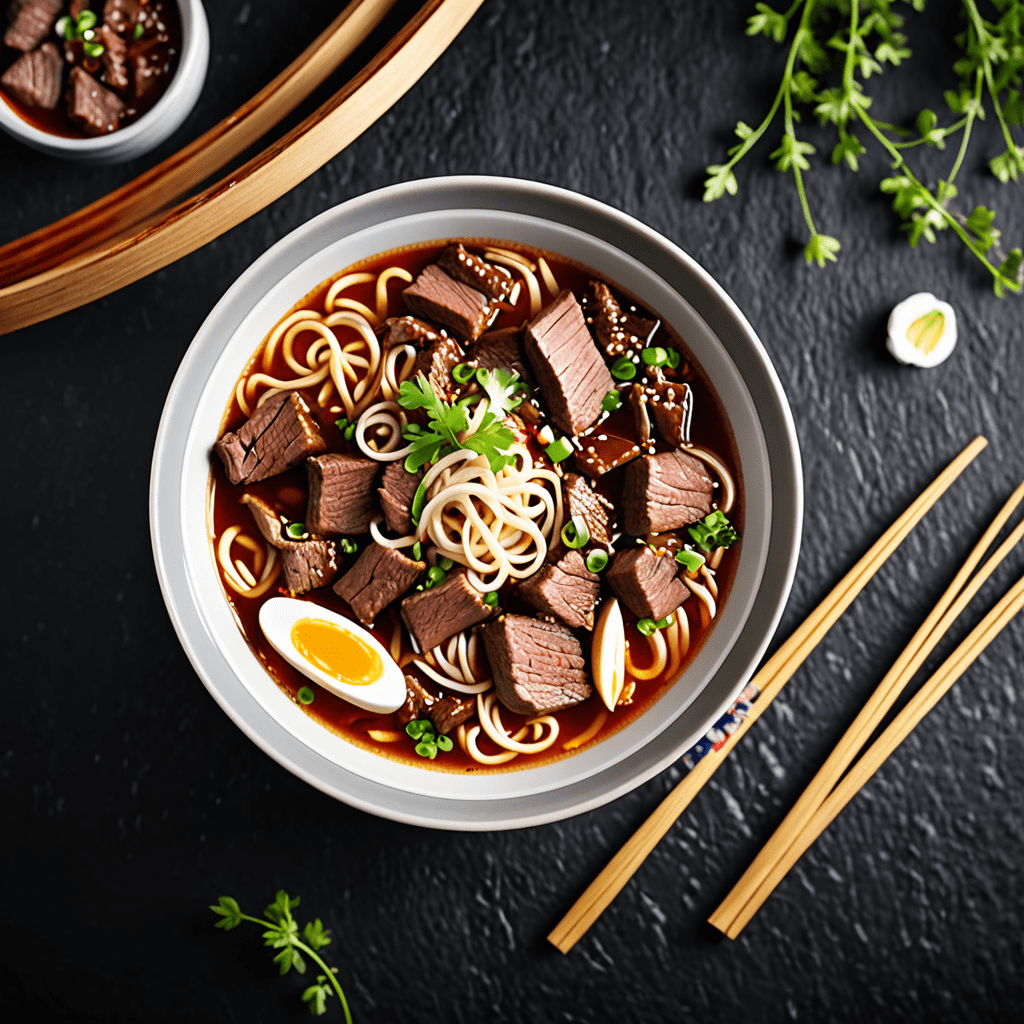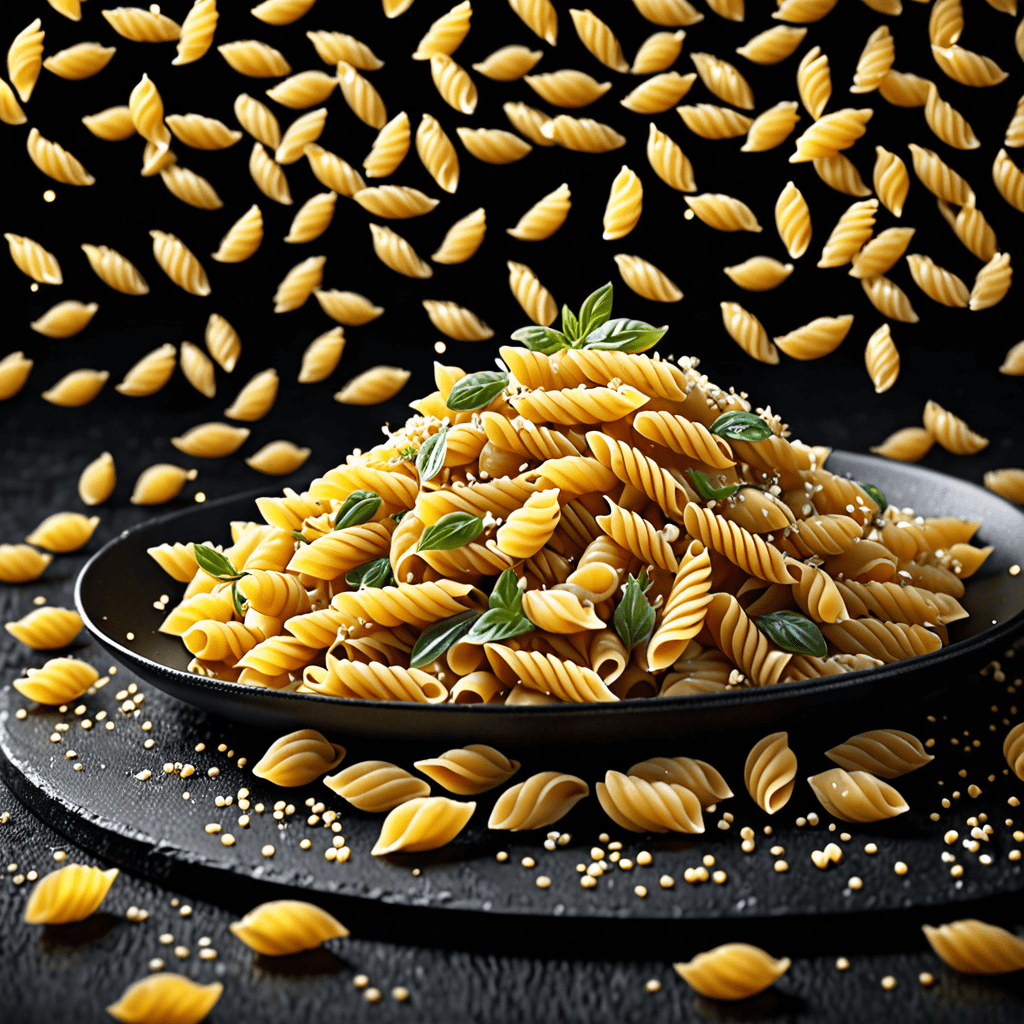“Cultivating Magic: Crafting the Perfect Cubensis Substrate Recipe”
Cultivating Magic: Crafting the Perfect Cubensis Substrate Recipe
Introduction
For enthusiasts of mycology and mushroom cultivation, crafting the ideal substrate for cubensis mushrooms is an essential skill. A well-crafted substrate provides the necessary nutrition and environment for healthy mushroom growth, leading to a fruitful harvest. In this article, we’ll delve into the art of creating the perfect cubensis substrate recipe, guiding you through the ingredients and directions for a successful mushroom cultivation experience.
Ingredients
To create a successful cubensis substrate, you will need the following ingredients:
- 1.5 kg (3.3 lbs) of vermiculite
- 1 kg (2.2 lbs) of brown rice flour
- 10 L (2.6 gallons) of water
- Large mixing bowl
- Micropore tape
- Aluminum foil
- Measuring cups and spoons
Directions
Follow these step-by-step directions to create your cubensis substrate:
- Begin by combining 1.5 kg of vermiculite and 1 kg of brown rice flour in a large mixing bowl. Mix the two ingredients thoroughly.
- Add 10 L of water to the vermiculite and brown rice flour mixture. Stir well until the water is evenly distributed and the substrate reaches a consistent moisture level.
- Once the substrate is well-mixed, fill your desired containers with the substrate mixture, leaving about an inch of space at the top. The containers should be sealable, such as mason jars or plastic containers with lids.
- Cover the containers with aluminum foil to prevent water from entering during the sterilization process. Secure the foil with a rubber band around the rim of the containers.
- Place the containers in a pressure cooker or large pot with a rack at the bottom to elevate the containers. Add water to the pot, ensuring it doesn’t touch the bottoms of the containers. Steam the substrates at 15 psi for 90 minutes to sterilize them effectively.
- After sterilization, allow the containers to cool to room temperature. Once cooled, inoculate the substrate with cubensis spores using a clean and sterile environment. Seal the containers with micropore tape and incubate them at around 75-80°F (24-27°C) for optimal mycelium growth.
- Observe the colonization progress and wait for the mycelium to fully colonize the substrate. This typically takes 2 to 4 weeks, depending on environmental conditions and the specific strain of cubensis.
- Once fully colonized, the substrate is ready for fruiting. Follow the appropriate conditions for fruiting cubensis, which includes decreasing the temperature and increasing humidity.
FAQ
Q: Can I use alternative ingredients in the substrate recipe?
A: While the listed ingredients are commonly used for cubensis substrate, there is room for experimentation. Some cultivators may incorporate other grains such as rye flour or incorporate additives like gypsum. It’s essential to research the specific requirements of alternative ingredients to ensure they are suitable for mushroom cultivation.
Q: How do I know if the substrate is contaminated?
A: Contamination can occur during the inoculation or incubation process. Signs of contamination include unusual colors, foul odors, or unusual textures on the substrate. If any of these signs are present, it is advisable to discard the contaminated substrate to prevent the spread of harmful contaminants.
Q: Can I modify the substrate recipe for different mushroom strains?
A: Yes, the substrate recipe can be adjusted to suit the requirements of different mushroom strains. Some strains may prefer different moisture levels, nutrient compositions, or environmental conditions. Always refer to reliable sources and specific strain recommendations when modifying the substrate recipe for different mushroom varieties.
Q: Is it crucial to sterilize the substrate?
A: Yes, the sterilization process is critical in preventing the growth of competing organisms that could jeopardize the health of the mushrooms. Proper sterilization reduces the risk of contamination and provides a clean environment for the mycelium to thrive.
Q: Can I store unused substrate for future use?
A: Unused substrate can be stored in a cool, dry place in a sealed container for future use. It’s essential to ensure that the storage environment is free from contaminants to preserve the substrate’s quality for later use.



